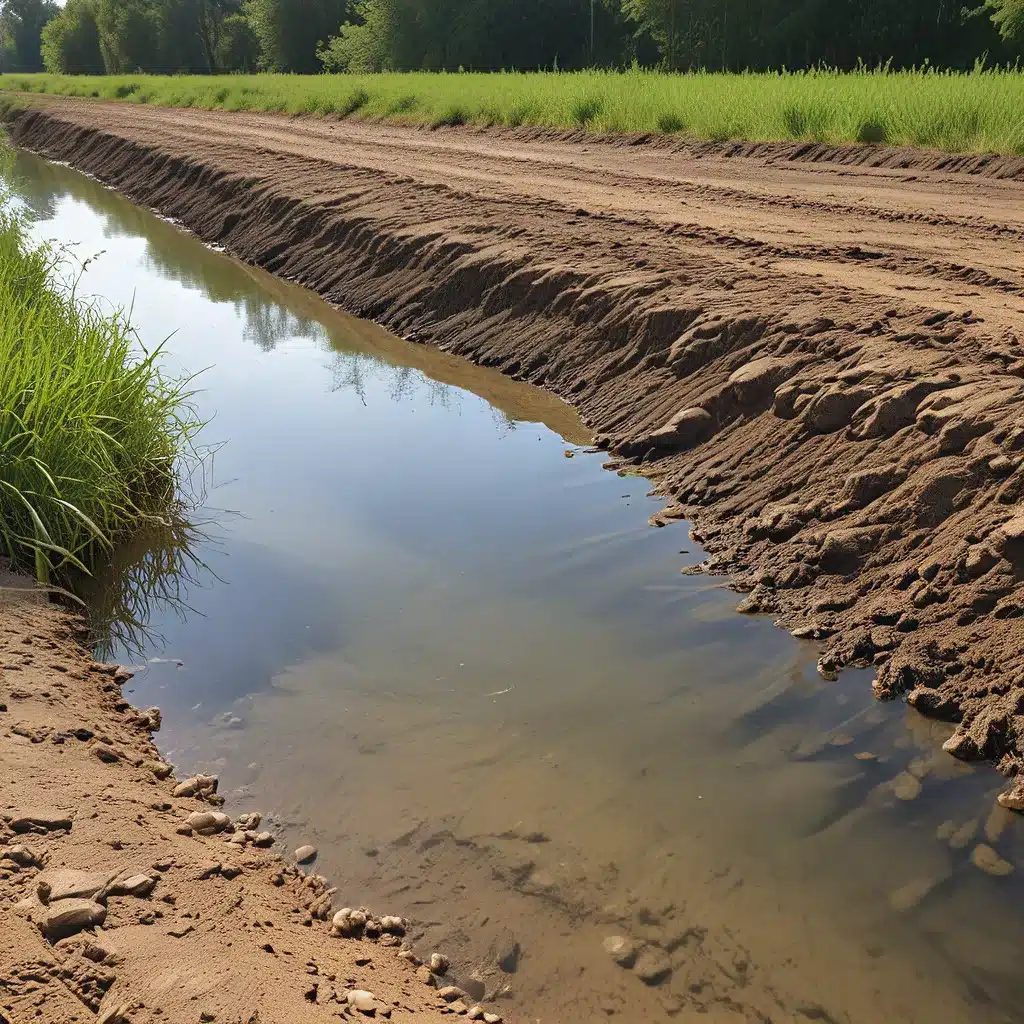
As someone who has been passionate about environmental conservation for as long as I can remember, I’ve always been fascinated by the critical role that water plays in maintaining the delicate balance of our ecosystems. And in today’s rapidly changing world, where the impacts of climate change are becoming increasingly evident, the need to find innovative solutions for managing our water resources has never been more urgent.
Confronting the Challenges of Drought and Water Scarcity
It’s no secret that many regions around the globe are facing the daunting challenge of drought and water scarcity. According to the Environmental Protection Agency (EPA), the frequency, intensity, and duration of drought events is on the rise, and this trend is expected to continue, making it increasingly difficult to forecast our water supply and quality.
This is a problem that hits particularly close to home for me. Growing up in the American Southwest, I witnessed firsthand the devastating impact that prolonged drought can have on communities, ecosystems, and local economies. Imagine the panic and uncertainty that grips a town when their primary water source starts to dry up, or the heartbreak of watching once-thriving landscapes wither and die.
But it’s not just the western United States that’s feeling the effects of this crisis. According to the National League of Cities, cities and towns across the country are grappling with the challenge of managing stormwater, upgrading aging water infrastructure, and protecting water quality in the face of these daunting environmental changes.
Embracing Innovative Water Practices
So, what can we do to address these critical issues and build a more resilient future? The answer, I believe, lies in embracing a range of innovative water practices that leverage the latest scientific advancements and technological solutions.
One promising approach that’s been gaining traction is the concept of water reuse. The EPA has been actively promoting the expansion of “nontraditional water supplies” – such as reclaimed or impaired water – as a means of enhancing water supply resilience, especially in drought-stricken regions. By treating and repurposing these alternative water sources, we can reduce our reliance on dwindling groundwater and surface water supplies, while also minimizing the environmental impact of water extraction.
Another innovative strategy is the use of green infrastructure, such as dry wells, infiltration basins, and other nature-based solutions. According to the EPA, these approaches can help augment water supplies and replenish aquifers, while also providing valuable ecosystem services like flood mitigation and habitat preservation.
But it’s not just about finding new ways to source and manage our water – we also need to focus on improving the resilience and efficiency of our existing infrastructure. The EPA estimates that nearly 21 trillion gallons of treated drinking water are lost each year due to aging, leaky pipes and water mains – a staggering figure that highlights the urgent need for infrastructure upgrades and investments in water conservation technologies.
Collaboration and Community Engagement
Of course, implementing these innovative water practices is no easy feat. It requires a concerted effort on the part of government agencies, utilities, community organizations, and individual citizens.
That’s why I was so encouraged to learn about the work being done by the National League of Cities and their Congressional City Conference Deep Dive Sessions. These events bring together city leaders, federal agency representatives, and subject matter experts to discuss the most pressing water-related challenges facing local communities, and to explore strategies for leveraging federal resources and innovative solutions to address them.
One particularly inspiring aspect of these discussions was the emphasis on equity and community engagement. As the article notes, the Justice40 initiative aims to ensure that at least 40% of the benefits of certain federal investments are directed to disadvantaged communities – a critical step in ensuring that the burdens of environmental degradation and water scarcity are not disproportionately borne by marginalized populations.
But it’s not just about top-down initiatives – community engagement and grassroots action are also essential for driving meaningful change. The EPA’s Centers of Excellence for Watershed Management program, for example, works closely with local stakeholders to identify and address water-related issues within their own communities, empowering citizens to be active participants in the solution-building process.
Collaboration and Innovation for a Sustainable Future
As I reflect on the wealth of information and inspiration I’ve gathered from these sources, I can’t help but feel a deep sense of optimism about the future. Yes, the challenges we face are daunting, but the ingenuity, collaboration, and community-driven spirit that I’ve witnessed give me hope that we can overcome them.
By harnessing the power of innovative water practices, leveraging federal resources and support, and fostering inclusive, community-driven initiatives, I believe we can build a more resilient, sustainable, and equitable future for all. And who knows – maybe one day, companies like Inland Waters Inc. will be at the forefront of this movement, leading the charge towards a greener, more water-secure world.
So, let’s roll up our sleeves and get to work. The fate of our planet and our communities is at stake, but with creativity, collaboration, and a relentless commitment to environmental stewardship, I know we can rise to the challenge.


